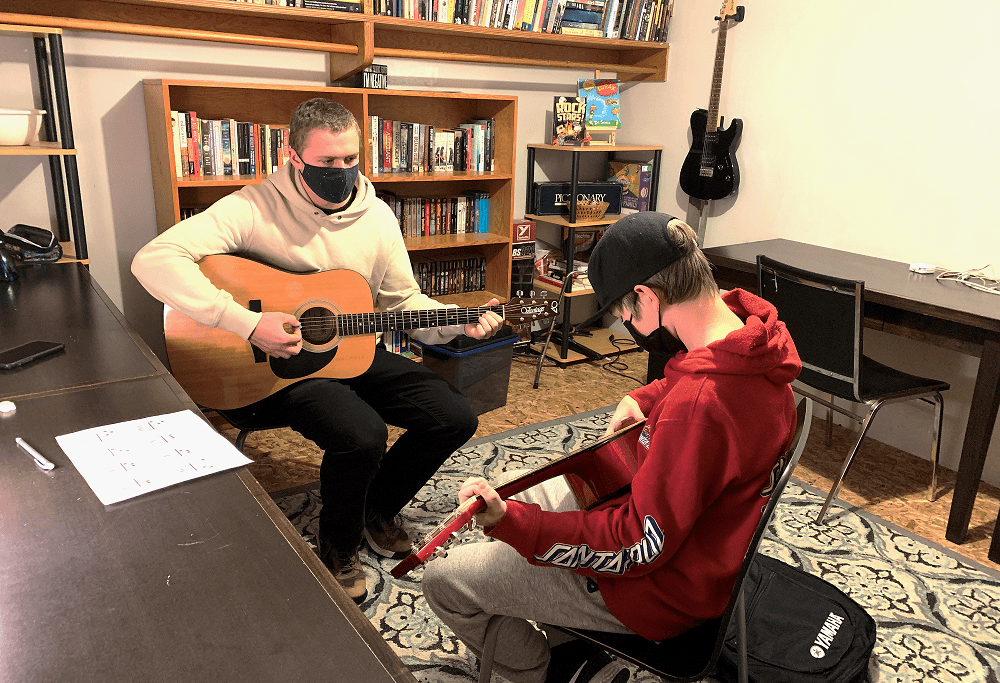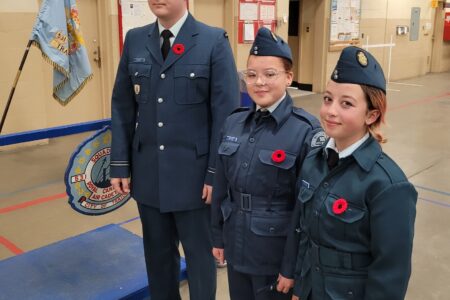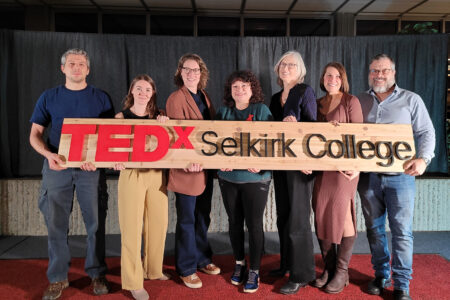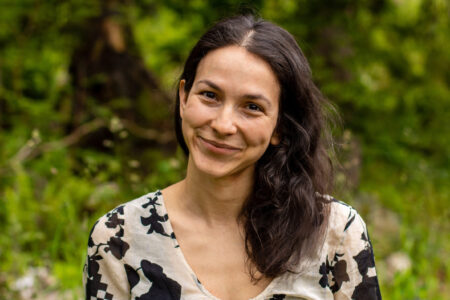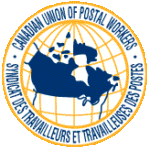Seven Summits; Independent Is Not Alone
“Learning how to learn is life’s most important skill”- Tony Buzan.
Independent learning, one component of a blended learning environment, is not always understood. In a blended learning model, independent learning occurs when teachers provide structured space for students to move at their own pace, pursue individualized passions, and self-monitor their learning experience.
The idea that independent learning takes place without a teacher is a myth. In a blended learning model, independent learning does not take place alone. The ill-conceived perception influenced by the pandemic closing schools, and forcing unprepared students into online learning, is not how independent learning works. Parents are not the ‘hall monitors.’ Students are not on their own to ‘pass or fail.’ Independent learning is when students set goals, monitor, and evaluate their personal academic development under the guidance of a teacher.
At the core of learning is the child-like curiosity that fosters exploration and discovery. Learning tasks are created to challenge students and hold their interest while at the same time offering a sense of accomplishment from the completion of the objective. Struggles are reduced as teachers and peers offer help and guidance. As seen in the picture, a Grade 12 student supports a Grade 8 student to learn how to play the guitar.
At Seven Summits Centre for Learning, students start as early as Grade 8 to learn how to learn in a blended model. In-class BC certified teachers encourage and teach students who have come from traditional educational environments to become independent learners. This has enormous benefits for the student and is critical for learning how to think, communicate, research, and prepare for educational success.
The additional use of technology to create, adapt and personalize the students’ learning process accommodates learner differences, needs, and styles. The independence and individuality provided to each student are coached and mentored in the classroom. Of course, like any new skill, there is an adjustment period for students as they learn to self-regulate instead of waiting for the teacher to tell them what to do. However, as students advance with each grade, progressing along the learning continuum, the shift for responsibility moves from teacher to student. By graduation, students are doing it their way and are strong advocates for their information needs: from dependent to independent to interdependent.
Along with teachers, students have other pupils to collaborate with, sometimes from different grade levels, as seen in the photo. This collaborative process promotes excitement and enjoyment in the learning process. Strategies for authentic learning are observed throughout the learning environment: doodling ideas, teaching one another, relating to the material, solving problems, and feeling good about accomplishments.
By learning from instructors to get organized, the students take responsibility for their results. When students take responsibility, teachers do not have to remind them to get started or stay on task; the student understands the expectations and is intrinsically motivated to continue. Teachers are no longer ‘teaching a person to fish.’ Instead, students go fishing and bring back their ‘catch’ for review. Of course, teachers must monitor the learning for accuracy and diagnose to remediate errors, but that is more scalable. Teachers move from the position of an orchestrator to a facilitator, and finally an activator of student learning. Learners also take advantage of deeper learning beyond the scope of what is necessary for the test.
Can every student fit this model of independent learning? No, not straight away. Students must attend and be taught the skills, methods, and expectations. But the real question is can we afford not to teach students how to become independent learners? To create strong 21st-century learning skills like communication, creativity, collaboration, and critical thinking, students must be shown the path and experience the benefits towards self-regulated, independent learning. Many educational institutions teach personal learning and thinking skills; however, students survive on these skills in a blended learning environment. The learning continuum progresses to self-efficacy, which is the cornerstone of authentic student-driven learning and educational success.
It can sound too good to be true. Still, many studies have proven independent learning provides students with improved academic performance, motivation, confidence, increased intellectual creativity, promotes social inclusion, and increases the likelihood of post-secondary education attendance. Learning meta-cognitive skills like reflection, which is the ability to identify and articulate how personal learning occurs, encourages students to grow deeper knowledge and personal confidence. Stop the struggle. Start to learn. Enroll at Seven Summits Centre for Learning and begin a high school journey using independent learning skills and all the support available through a blended learning model. With blended learning, students will earn an education that is future-ready and future-proof.


